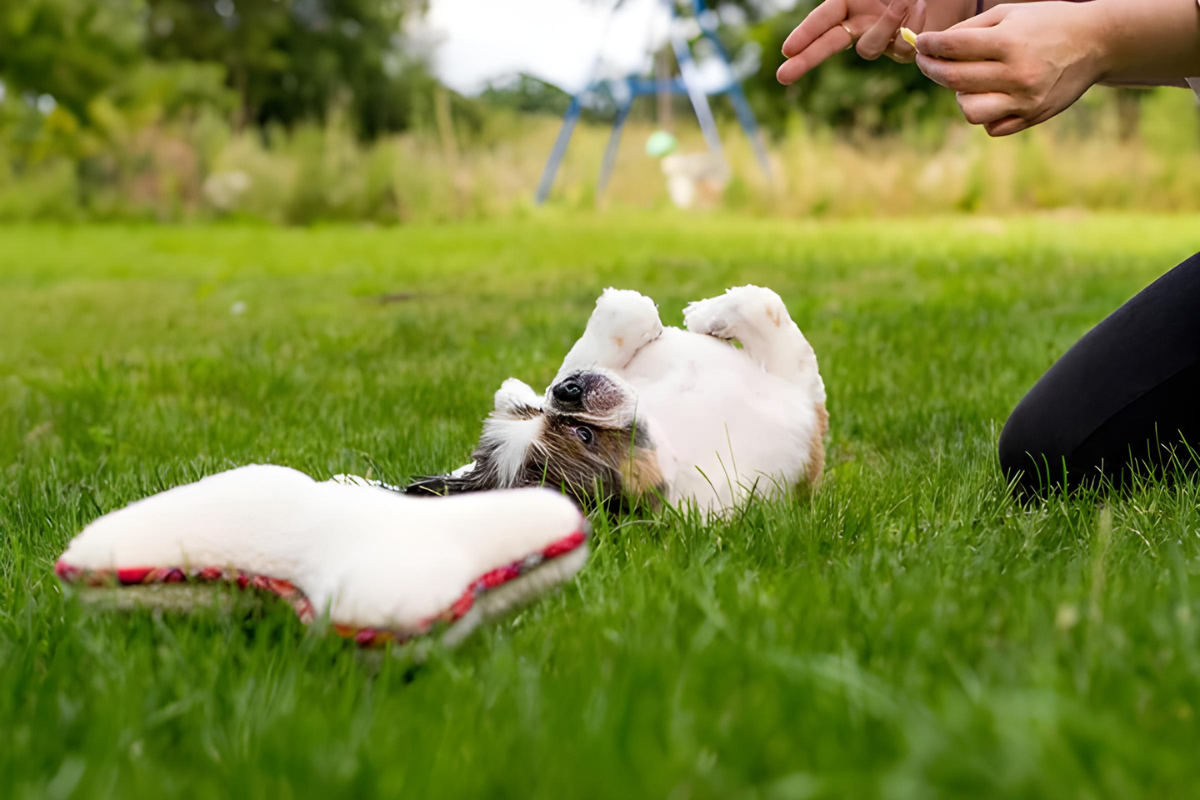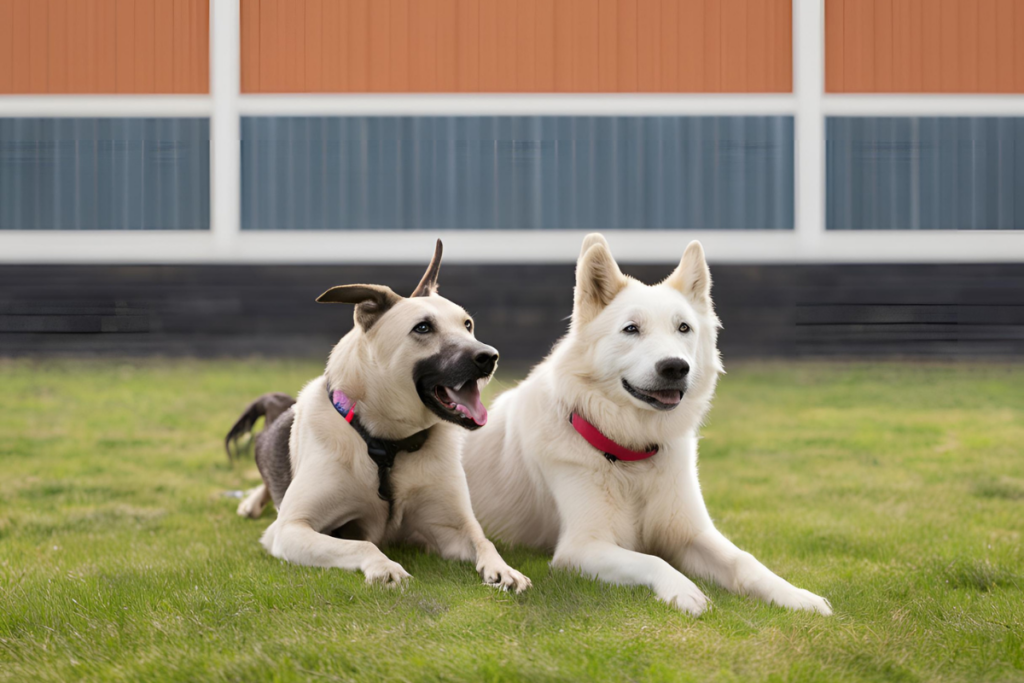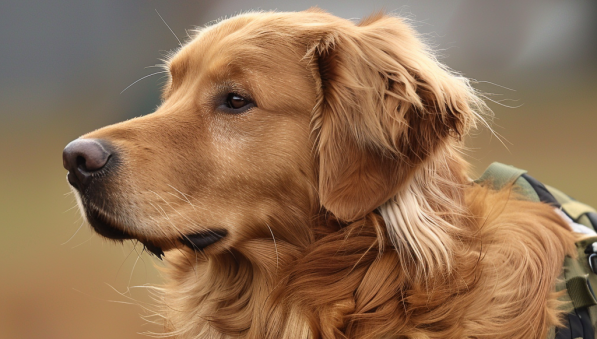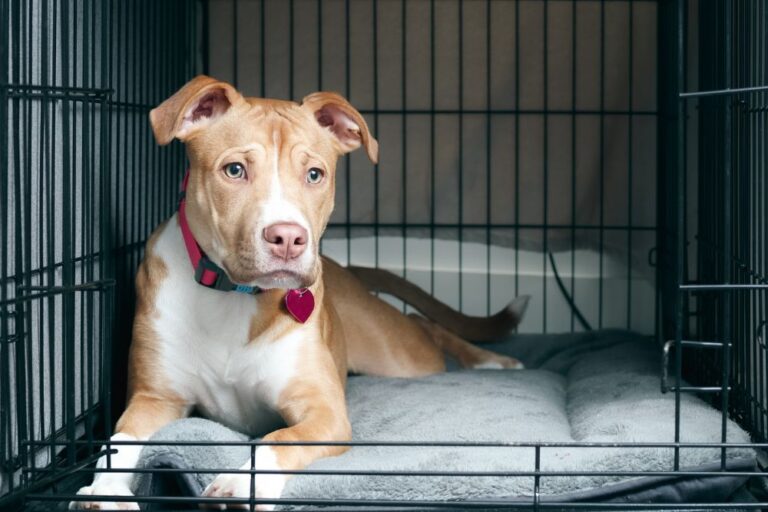Training Techniques for Deaf Dogs: A Fun and Friendly Guide

Hear with Your Heart: Fun Ways to Train Your Deaf Dog!
Have you ever tried calling your dog, only to be met with an endearing but confused expression? You might have attributed your dog’s behavior to stubbornness or disinterest, but there was something else going on: He couldn’t hear you.
It can be shocking, and perhaps a little frightening, to discover that your dog is deaf—but this opens up a whole new way to build a partnership with your pet.
Is My Dog Just Ignoring Me or Can’t They Hear?

The symptoms of deafness in dogs are not easily detectable especially if the dog is congenitally deaf or has become so over some time. Some of these are the inability to react to sounds that would otherwise get their attention such as the sound of the treat bag or the jingle of the leash.
If your dog dozes off when you return home, or doesn’t bark at name-calling, then it is high time you called the vet. They can run tests that will tell whether or not your dog is going deaf.
Tip: To test your dogs level of deafness, try slamming your hands or shaking keys from behind them. No response? In the end it is perhaps wise to get some expert advice.
Different Types of Doggy Deafness
Dog deafness can be classified into two main categories: There are congenital and acquired types based among other things on the nature of the defect. Knowledge of these kinds would assist people who train dogs to select the most appropriate methods in handling their dogs.
- Congenital Deafness:
- Born This Way: Another form of deafness is congenital deafness where a dog is born without the ability to hear from birth as a result of genetics.
- Breed Predispositions: About hereditary deafness some breeds are inclined such as Dalmatians and Australian Shepherds.
- Early Detection: This type of deafness is usually detected right from puppy hood as the puppy does not show any signs of responding to any sounds.
- Acquired Deafness:
- Hearing Loss Over Time: There exist various causes of acquired deafness which occur later in life as compared to the inherited ones.
- Common Causes: Hearing loss can be caused by diseases like chronic ear infections, noise-induced losses from exposure to loud noise, trauma or age-related loss.
- Gradual Onset: Unlike congenital form, the acquired one is rather difficult to diagnose, because dogs may gradually become deaf.
Knowing if your dog’s deafness is a result of being born like that or if they developed it as they grew up helps in training the dog and in communicating with it.
Talk to the Paw: Communicating with a Deaf Dog
In situations where there is no sound, the next best thing is the use of visual and physical signals. Simple gestures like hand signs, use of facial features and light touches are some of the ways by which you can relay signals to your deaf dog. For example, moving your hand from side to side can mean ‘come here’ while giving thumbs up will mean ‘well done’ much in the same way as saying it vocally.
Consistency is key. When you select a particular hand signal for a command then it is advisable not to change it to avoid confusion to the dog. In this process, they are going to be trained to associate your movements with different actions or things that you offer them.
Tip: This should be accompanied by the use of a small flashlight when giving commands especially at night. You can get your dog’s attention quickly just as if you blew a whistle as for a hearing dog.
Keeping Your Deaf Dog Out of Harm’s Way
You would agree with me that the safety of the dog is among the most important things any owner could prioritize and this is more of a concern if the dog is Deaf. Here are a few ways to keep your deaf dog safe:
- Secure Fencing: Your dog should be closely monitored at any time it is outside; the area it plays should always be enclosed. Deaf dogs cannot hear cars and other possible dangers and this is why they have to be kept locked.
- Vibrating Collars: Unlike most other training collars that use an electric current to deliver the stimulus, these collars only vibrate to capture your dog’s attention. It can be used effectively for making your dog come whether it is off the leash in a compound that you consider safe for the dog.
Training a Deaf Dog: Totally Possible!
Absolutely! Deaf dogs are not any different from any other dog; they can also be trained to perform certain tricks on command. What must be avoided is to use words that go directly against his comment and reaction to them must be different from what he has said.
This is really a tedious and slow process; the only things that help here are patience and encouragement. Deaf dogs use body language and signs thus it is important to be as consistent as possible when training the dog.
Teaching Tricks to Your Silent Superstar
Training a deaf dog therefore may seem difficult, but once you embark on this process you are in for fun and enjoyment of watching your dog grow and create unique ways of communicating with you. Here’s a simple approach to get started:
- Start with Basic Commands: Don’t start with complex commands such as ‘roll over’ or ‘salute’; start with simple commands like ‘sit,’ ‘stay,’ and ‘come’. Ensure that you use a specific hand gesture for each command so that your dog can follow them. Well, make sure that you encourage your dog immediately when they follow the commands.
- Use Positive Reinforcement: Since positive words are out, substitute with treats, toys, or even a belly rub to reassure your dog that they have done something right.
- Socialization: It also serves to accustom the deaf dog with other dogs and people so that they can interact effectively with her. This assists them to learn the signs from other dogs and also be at ease in different surroundings.
Dog training should be enjoyable to both you and your pet! To ensure that your dog does not lose focus in any session, try and ensure they are short and full of energy.
Wrapping It Up with a Tail Wag
Just like any other dog, training a deaf dog might be a bit challenging at first say if you are a trainer who is not used to this particular breed, but in the long run you will find this as one of the best things you will have ever done for the dog since it brings out a close bond between you and the dog almost all the time.
Deaf dogs, nevertheless, can live and be happy, enjoy all aspects of life and be trained as well as any other dog of breed.
Encouragement: It is important to note that every dog is unique, meaning that every dog requires a different duration when training them. Be happy with what you have achieved, remember that you’re slowly creating an incredible bond with your dog. You’ve got this!






